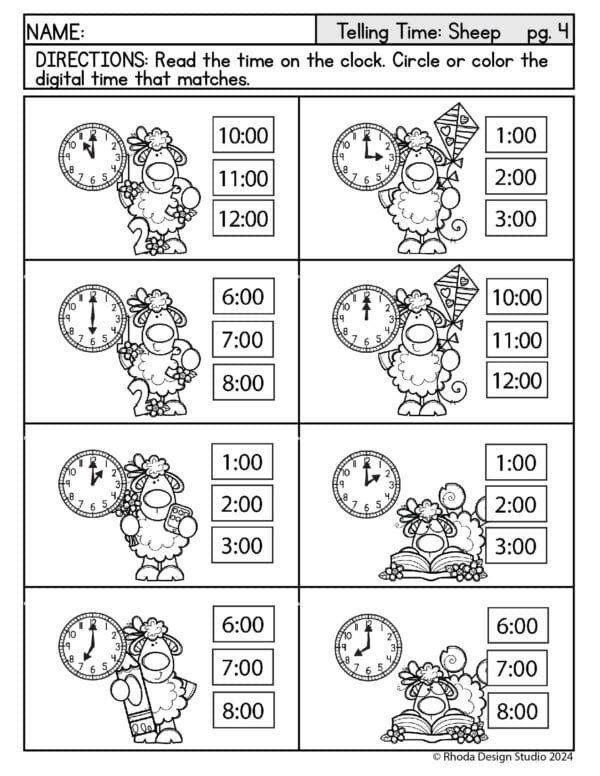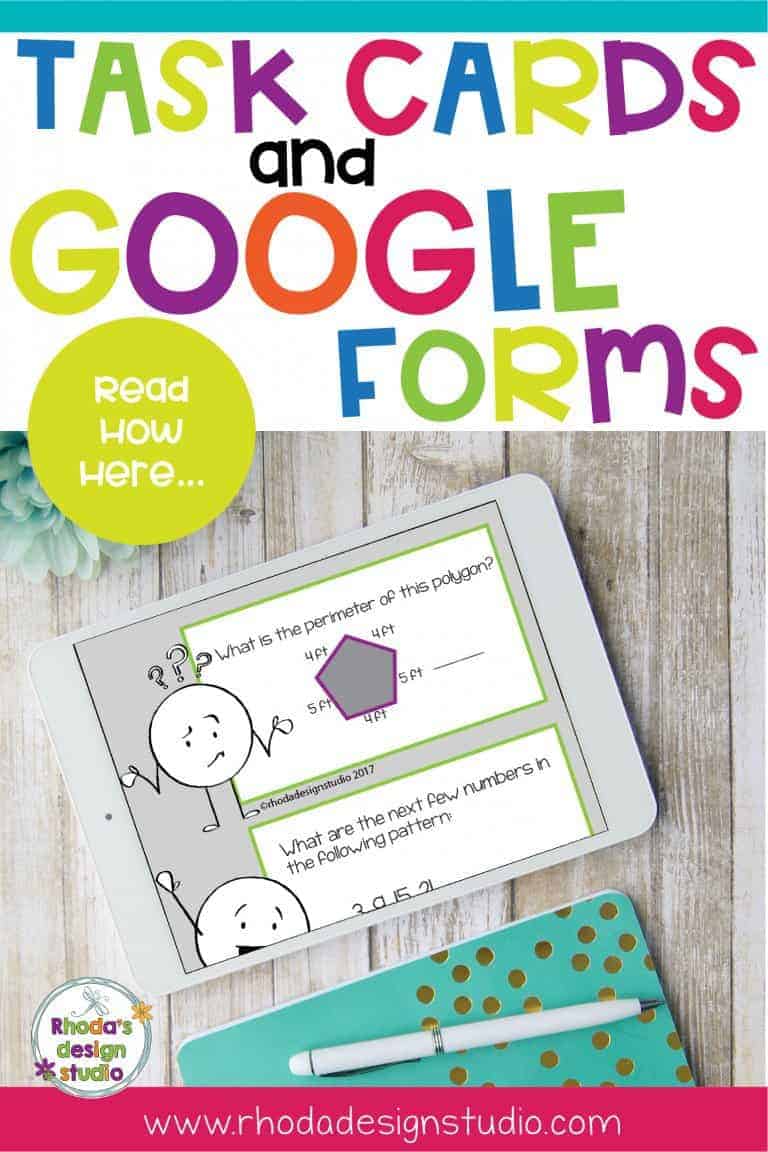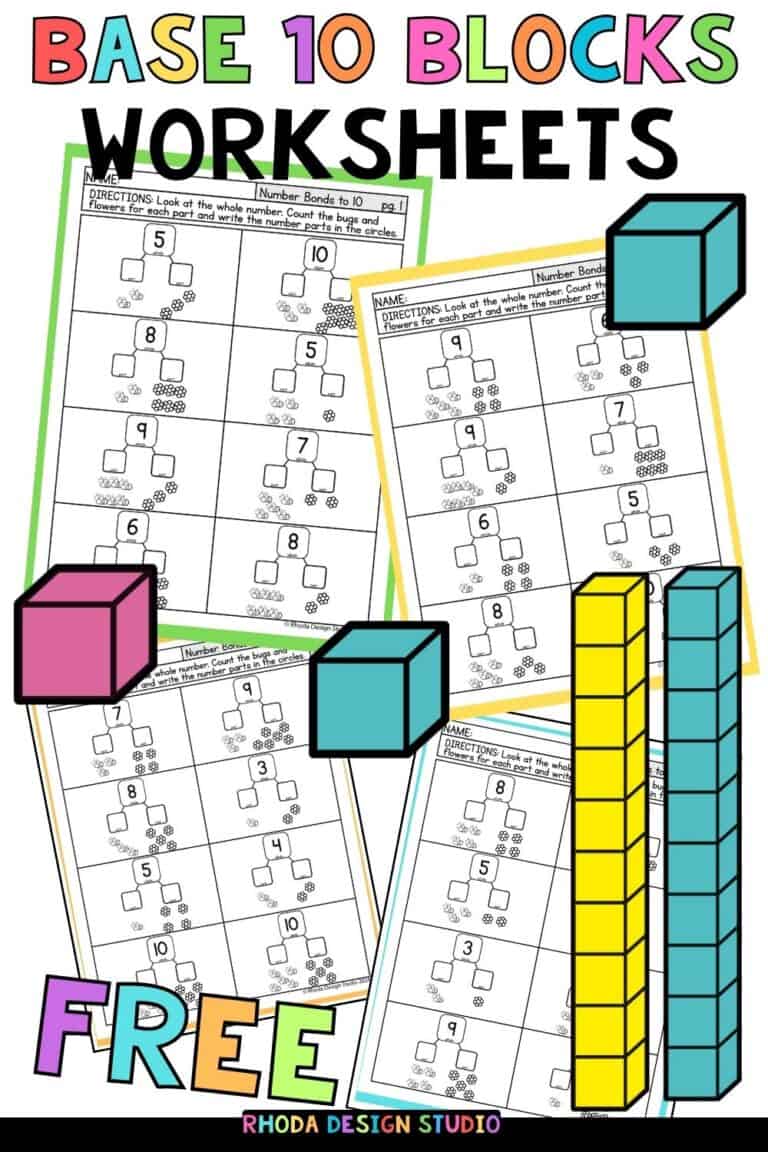Spring Lamb Telling Time to the Hour Worksheets for Kids
Time-telling skills can sometimes seem as elusive as lambs in early spring. But just as surely as the seasons change, with a little guidance, children can master the art of telling time.
Welcome to a spring season where we celebrate nature’s precision and use the field of numbers to bring that same order and timing to young minds.
We’ll explore multiple pathways to cultivate time-telling abilities in children, with a gentle emphasis on fun and creativity.

Analog Clock Skills
The analog clock, with its quaint hands and charming round face, is not just a historical artifact. It’s an extremely effective teaching tool for time-telling, helping to create a visual connection between time and the mechanics of a clock. Here are a few engaging strategies to build analog clock prowess.
Make It Real and Relevant
When teaching time using an analog clock, make it relatable to the child’s everyday life. Discuss morning routines, school schedules, and evening activities, providing context for time-telling that’s meaningful and relevant. The aim is to move time from an abstract concept to a practical skill.
Hands-On Learning
Engage students with tangible activities that involve the analog clock. Build your own clock using paper plates and a split pin as the hands. Play games where children move the hands to match different times. Create a ‘teaching clock’ that’s large enough for a group setting. The tactile experience enhances memory and understanding significantly.
Step-By-Step Approach
Teach time-telling as a series of steps. Start with the hour hand, mastering the concept of hours and half-past. Once comfortable, gradually introduce the minute hand and work towards teaching time to the nearest five minutes (or even single minutes for advanced learners). Each step should be well-understood before moving on.

Understanding Fractions with an Analog Clock
The wash of time is measured in parts, and fractions on an analog clock illustrate this concept beautifully. This section aims to demystify fractions through the visual aid of an analog clock.
Clock Visuals
Use clear, large visuals of the analog clock for fraction lessons. Demonstrate that each “hour” is a fraction of the clock face (1/12), while “half-past” marks one half (1/2). Further, discuss how 15 minutes mark the quarter to the hour (1/4) and so on. This approach not only teaches time but also plants the seeds for mathematical concepts.
Fraction Games
Turn telling time into fun fraction games. Use a spinning wheel marked with different intervals to locate where the hands would be. Include students in creating the game pieces. This interactive approach merges time-telling, fine motor skills, and the foundational understanding of fractions.
Storytelling with Time
Craft simple stories where the characters have appointments or events lined up. Have the children set the times on clocks as they listen to the stories. It’s an imaginative approach that keeps narrative connection while reinforcing fraction concepts.
Skip Counting by Fives
Telling time on an analog clock is closely linked with the skill of skip counting, particularly by fives. This section focuses on how to integrate skip counting activities into time-telling lessons.
Interactive Wall Clock
Use a large, interactive wall clock to teach counting by fives. Place sticky notes with sequential numbers by fives and have children place a mark on the clock for each number as they count around. This not only teaches the pattern but also reinforces the actual placement of numbers on a clock.
Number Line Technique
When counting by fives, draw a horizontal line with a marker every five intervals, and at the end of the line, draw a circle representing ‘0’. Use this strategy to show that in each interval between circles it’s ‘five more’. Translating this to a clock, each number the minute hand passes is ‘five more’ minutes.
Musical Skip-Counting
Turn skip counting into a song. Use familiar tunes with words that represent the count by fives. This musical approach helps auditory and kinesthetic learners to internalize the pattern.
Putting It All Together
A comprehensive education in time-telling must eventually bring the various concepts together. Here’s how to integrate analog clock skills, fractions, and skip counting to create a rounded lesson.
Layered Learning
Present time-telling lessons in stages, first focusing on hours, then adding minutes, and finally incorporating the concept of fractions. Each stage builds upon the previous one, creating a layered approach that children can tackle effectively.
Real-World Scenarios
Create scenarios for students to solve that require multiple time skills at once. “If a friend’s party starts at 3 and lasts 2 hours, when will it end?” These real-world applications help students comprehend the versatility and interconnectedness of time-telling skills.
Celebrate Progress
Time-telling is a significant milestone in a child’s development. Celebrate incrementally as they progress from hours to minutes to fractions. Use printed certificates or small rewards to mark their achievements, and most importantly, verbally acknowledge their hard work and progress.
In conclusion, teaching time-telling skills through the use of spring-themed lamb worksheets is an exercise in patience and creativity, much as it is in shepherding lambs. By combining analog clock skills, fractions, and skip counting, teachers and parents can shepherd children to a sound understanding of time.
The resource provided here isn’t just about teaching time. It’s about forging a life-long connection with the passage of time—one that honors the tradition of the analog clock in a digital world, and one that encourages children to find beauty and precision in every moment.












